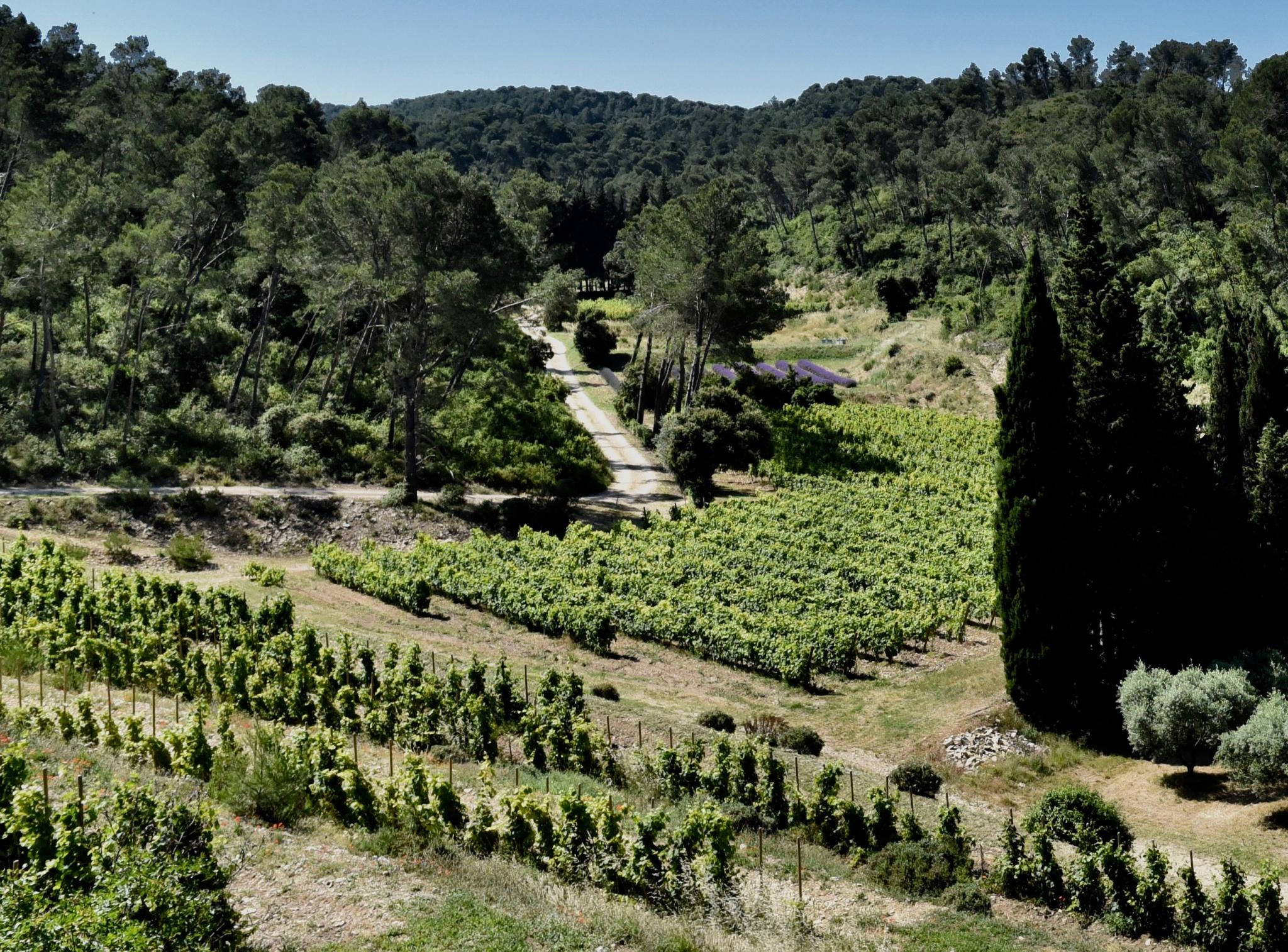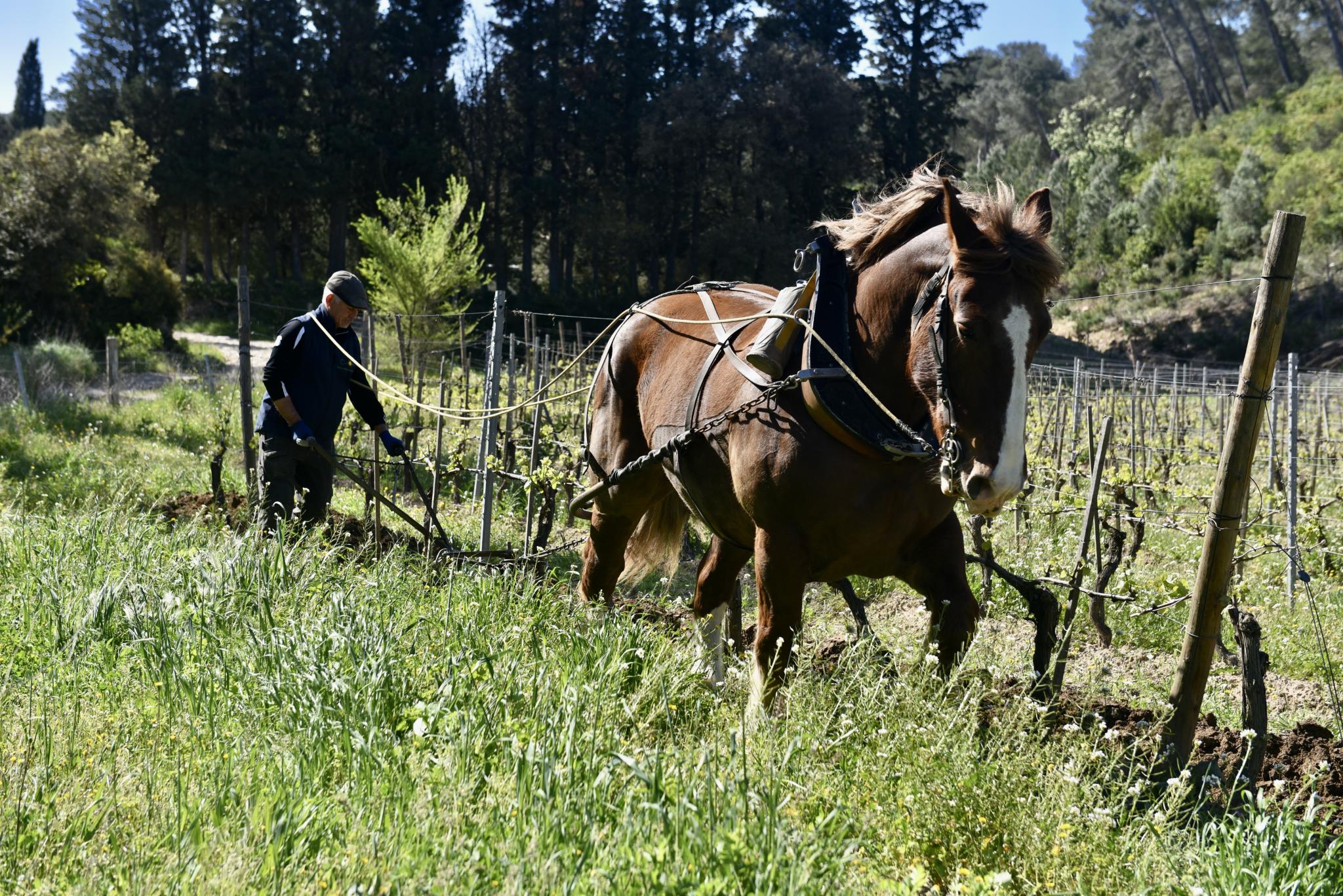
History
In Saint Etienne du Grès, in a small valley in the Alpilles Regional Nature Park, olive trees and lavender grow side by side. This valley has been a land of vines for centuries, but the vagaries of life had led to everything being uprooted.
Jean-Luc Placet, owner of Mas de Bret, set out to recreate a vineyard on this extraordinary terroir. The vines, produced by massal selection, were planted in 2013.
From the outset, Mas de Bret was overseen by Éloi Dürrbach, winemaker at Domaine de Trévallon, less than 6 kilometres from Mas de Bret.
Jean-Luc Placet, owner of Mas de Bret, set out to recreate a vineyard on this extraordinary terroir. The vines, produced by massal selection, were planted in 2013.
From the outset, Mas de Bret was overseen by Éloi Dürrbach, winemaker at Domaine de Trévallon, less than 6 kilometres from Mas de Bret.

Philosophy
The estate has been farmed organically from the outset. This exceptional environment is rich in biodiversity and must be preserved.

Terroir
The limestone soil, the influence of the Mistral wind and the biodiversity found in the Alpilles make this an exceptional terroir. We use animal traction (horses) to work the vines to limit our impact on this terroir.

Vinification
Mas de Bret Rouge is vinified using indigenous yeasts and whole grapes, then matured in 25 hectolitre Stockinger tuns for two years.
After ageing, the wine is bottled on the estate without fining or filtration.
Mas de Bret Blanc is pressed and then settled for 24 hours before being racked and vinified in its entirety in a 228-litre Atelier Centre France barrel, using indigenous yeasts. It is then matured in the same barrel, on its lees, for one year before being bottled at the Mas.
After ageing, the wine is bottled on the estate without fining or filtration.
Mas de Bret Blanc is pressed and then settled for 24 hours before being racked and vinified in its entirety in a 228-litre Atelier Centre France barrel, using indigenous yeasts. It is then matured in the same barrel, on its lees, for one year before being bottled at the Mas.